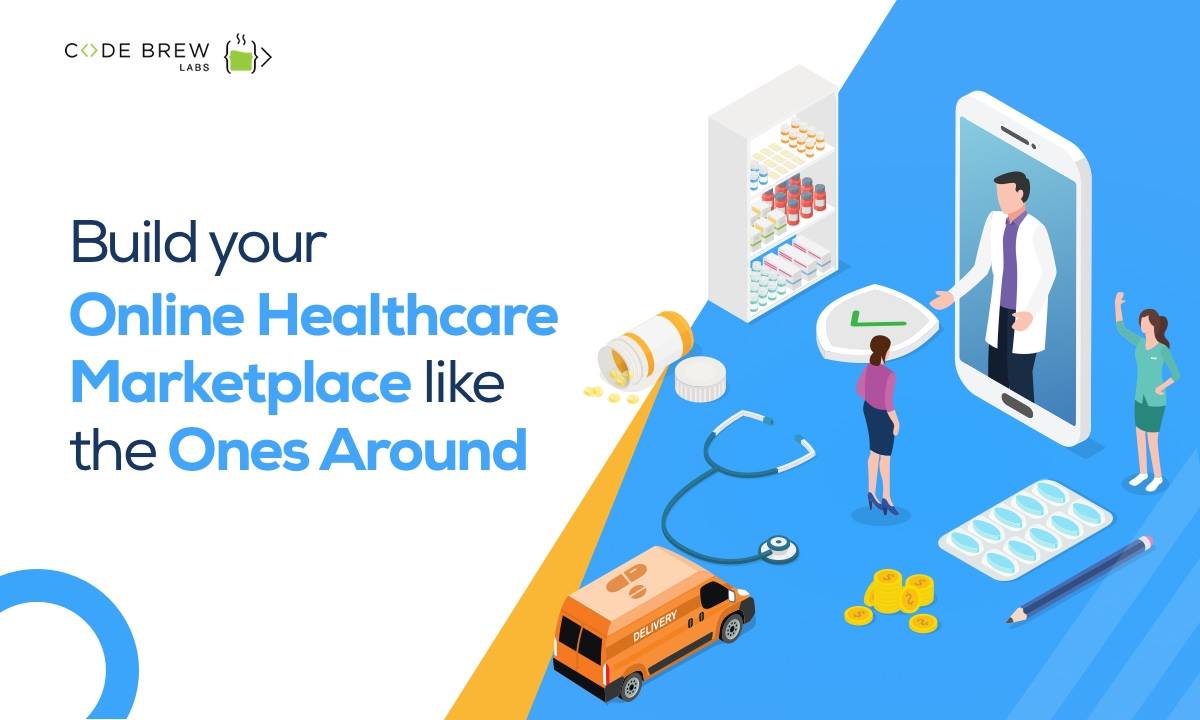A Comprehensive Guide to Subscription Based Healthcare: What You Need to Know
A Comprehensive Guide to Subscription Based Healthcare: What You Need to Know
Blog Article
Comprehending the Cost-Effectiveness of Subscription-Based Medical Care Models
As the medical care landscape progresses, subscription-based designs become a compelling option, assuring to redefine how people handle clinical expenses. Examining these models' cost-effectiveness requires a nuanced contrast with traditional insurance coverage, considering both monetary effects and patient fulfillment. While they supply transparency and predictability in costs, concerns stay concerning their capacity to meet diverse health care requirements, specifically for specialized therapies. The viewpoints of doctor better complicate this equation, presenting a multifaceted obstacle. What does the future hold for these designs, and can they absolutely deliver on their guarantee of easily accessible, economical treatment?
Review of Subscription-Based Versions
Subscription-based health care designs, in some cases referred to as straight primary treatment or attendant medicine, are increasingly gaining focus as a prospective option to inadequacies within conventional healthcare systems. These versions run on the principle of offering patients straight accessibility to healthcare service providers with a annual or regular monthly cost, bypassing the demand for conventional insurance devices. This plan aims to enhance patient-provider interactions by reducing management problems, which frequently prevent tailored and timely treatment.
At the core of subscription-based designs is the emphasis on a much more personalized person experience. Clients gain from enhanced accessibility to their physicians, often consisting of same-day or next-day visits, expanded assessment times, and straight communication networks such as phone or video phone calls. This version fosters an aggressive approach to health care, where suppliers and clients can collaboratively concentrate on preventative treatment and chronic illness monitoring.

Expense Contrast With Traditional Insurance Coverage

Among the key economic advantages of membership designs is openness in expenses. Individuals pay a foreseeable charge, which can streamline budgeting and monetary preparation. Furthermore, these versions typically eliminate co-pays and deductibles for covered solutions, reducing out-of-pocket investing. Conversely, traditional insurance policy might be much more helpful for individuals needing specialized care or expensive therapies not covered under a registration version, as they gain from the wider protection network and cost-sharing systems.
Nonetheless, cost-effectiveness is context-dependent. While membership versions could provide savings for those mostly needing main care, people with persistent conditions or specialized health care needs may find standard insurance a lot more comprehensive. Consequently, assessing details healthcare needs and prospective use is essential in establishing the most economical option for individuals.
Influence On Patient Complete Satisfaction
Patient satisfaction within subscription-based healthcare versions typically mirrors a considerable renovation over standard insurance coverage systems. Unlike conventional systems, where clients might experience hold-ups in getting care, subscription-based models guarantee more timely and direct communications with medical care service providers.
Moreover, the openness in prices linked with subscription-based medical care eases the typical aggravations connected to unanticipated charges and complex payment processes seen in traditional insurance policy (subscription based healthcare). Individuals appreciate understanding the exact economic commitment upfront, resulting in increased depend on and confidence in their medical care management
In addition, the emphasis on preventative care and health in subscription versions adds to boosted health end results, even more boosting client contentment. By focusing on recurring health care instead than episodic treatment, individuals experience a more constant and all natural healthcare trip.
In addition, the boosted provider-patient partnership fostered in these models, identified by more time spent per individual and personalized attention, plays a critical role in elevating client contentment levels, as patients feel really looked after and recognized.
Company Viewpoints and Experiences
From the provider's perspective, subscription-based medical care versions supply a transformative approach to delivering medical services. These designs highlight a positive and preventative medical care method, permitting providers to concentrate on comprehensive client care without the constraints of standard fee-for-service setups (subscription based healthcare). This change in emphasis frequently leads to improved client outcomes and increased service provider complete satisfaction, as healthcare professionals can allocate even more time and sources to patient engagement and personalized care strategies
Additionally, membership designs help with predictable earnings streams, which boost browse around these guys financial stability for medical care carriers. This predictability enables enhanced resource preparation and allowance, contributing to a more reliable health care delivery system. Companies can purchase you can try these out team framework, training, and technology improvements, therefore improving the top quality of care supplied.
Nevertheless, the transition to subscription-based designs is not without challenges. Suppliers have to adapt to brand-new operational structures, which can involve considerable changes in invoicing techniques and client monitoring systems. Additionally, there is an inherent requirement for durable data administration to track person outcomes and make certain quality care. Regardless of these hurdles, numerous suppliers locate that the advantages of increased person communication and streamlined procedures surpass the initial difficulties, making subscription-based versions an appealing alternative.
Future Leads and Challenges

A main challenge is governing conformity, as registration versions should comply with developing healthcare plans and insurance coverage requirements. useful link This demands constant adaptation and technology to make sure alignment with lawful requirements. Additionally, incorporating these models right into existing health care infrastructures can be complicated, requiring substantial investments in modern technology and training.
There is likewise the possible danger of producing inequities in medical care gain access to, as registration designs could favor those who can manage them, leaving susceptible populaces underserved. Addressing this calls for thoughtful consideration of pricing approaches and subsidy systems to ensure inclusivity.
Final Thought
Subscription-based healthcare models present a practical option to standard insurance policy by supplying economic predictability and openness, specifically profiting people with persistent problems or regular healthcare requirements. The cost-effectiveness of these designs is contingent upon private health care usage patterns and situations.
Subscription-based health care designs, in some cases referred to as direct primary treatment or attendant medication, are progressively getting interest as a prospective service to inefficiencies within traditional healthcare systems. Unlike typical systems, where people may experience delays in receiving treatment, subscription-based versions make certain even more prompt and direct interactions with medical care carriers.
These versions highlight a preventative and proactive medical care method, enabling suppliers to focus on comprehensive person treatment without the constraints of typical fee-for-service plans. As these models proceed to get traction, they supply the prospective to revolutionize person access to care, streamline solution delivery, and maximize healthcare investing.Subscription-based health care versions provide a viable option to traditional insurance policy by providing economic predictability and transparency, specifically profiting individuals with persistent conditions or regular medical care requirements.
Report this page